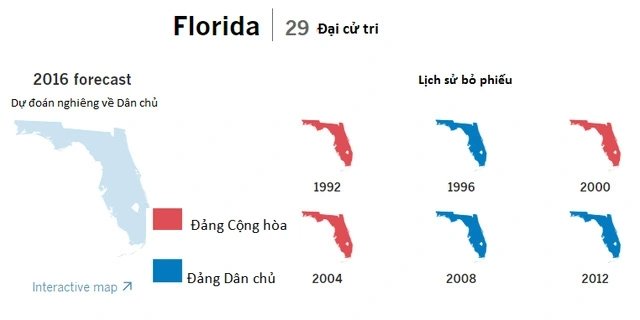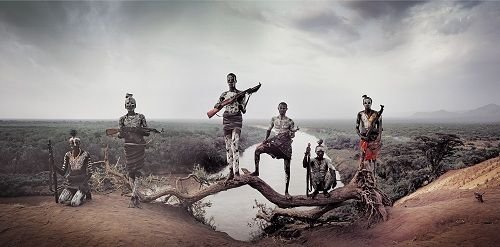
Omo is located in the Great Rift Valley in Africa, home to 200,000 indigenous people thousands of years ago, including about 1,000 to 3,000 people of the Karo tribe.
The Karo also traded with other tribes in the area for grain, food, livestock and cloth.

The women of the Karo tribe are famous for their sacrifices and ability to work hard to support their families.
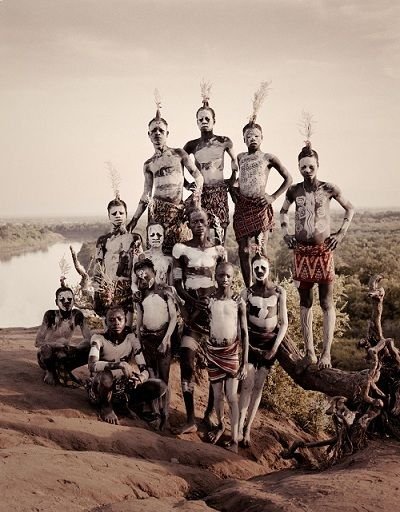
For Karo men, the most important ceremony in life is the Dimi ceremony, performed to celebrate and bless their daughters with good fertility and happy marriages.
To celebrate the great event, everyone in the tribe will slaughter 10 large cattle and 30 small cattle, and exchange other food reserves for coffee.
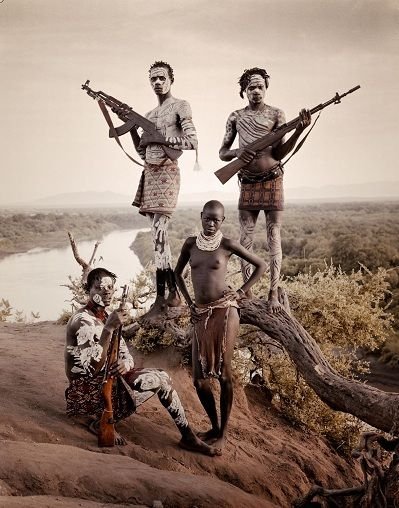
Before the formation of female functions at the age of 10 to 12, girls are called `wild animals` or `boys` because they cannot yet wear clothes or get married…
Jumping the cow is a ceremony that marks a milestone to show that boys have truly grown up.
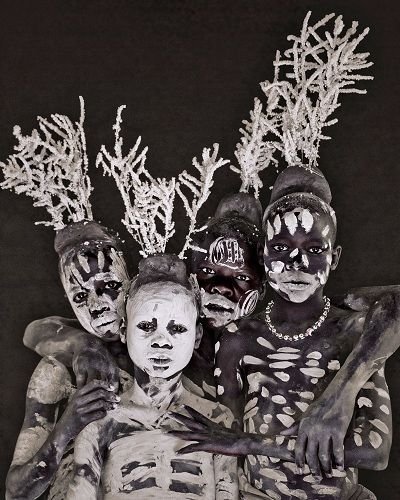
In Karo there exists a barbaric custom: executing cursed children.
People in the Karo tribe believe that Mingi has the soul of the devil and will harm the entire tribe.
The whole world knew Mingi thanks to a young man named Labuko Lale, from the Omo valley.
After a period of connecting with the Ethiopian government and mobilizing capital from international donors to establish a non-profit humanitarian organization, Lale has so far saved 37 newborns.

Men in the Karo tribe use white chalk and red clay mixed with yellow stones and charcoal to draw on their bodies and faces to increase their attractiveness and attract the attention of women.
In the past, when they still owned huge amounts of livestock, the Karo people built beautiful houses.
See more: Tribes wearing loincloths around the world
Ngoc Mai (According to Beforethey)



